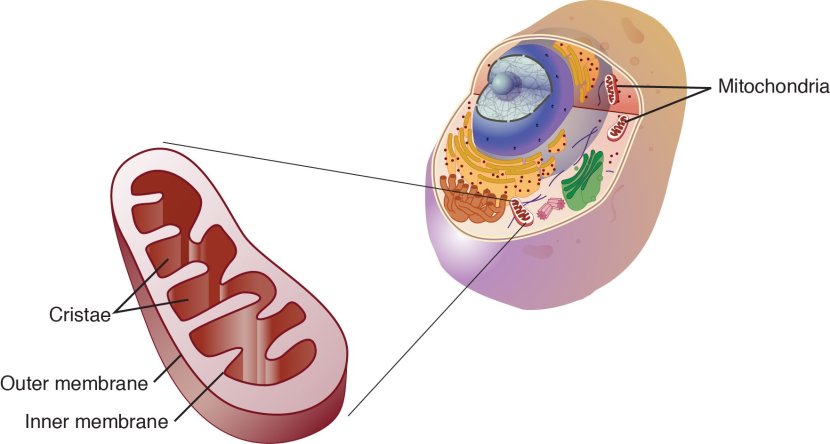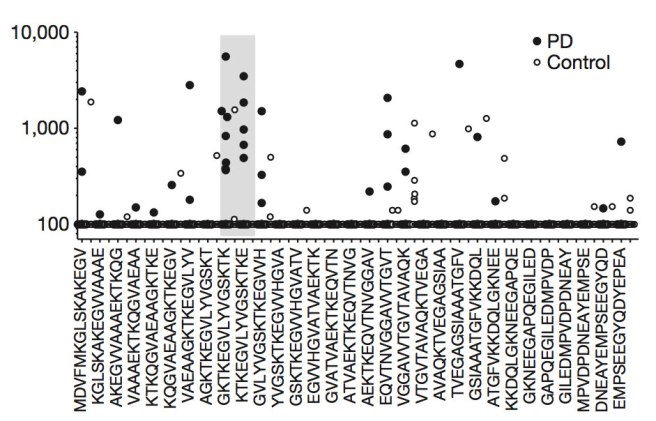|
At 9am on the 30th January, 2019, the Australian Government Federal Health Minister Greg Hunt announced the initiation of the ‘Australian Parkinson’s Mission‘ – a very massive $30 million clinical trial programme that will be focused on potentially disease modifying treatments for Parkinson’s. This huge endeavour will being with a large multi-arm study – involving 300 hundred participants and investigating 4 drugs (compared to a single placebo). It will be a first of its kind project in the world targeting Parkinson’s. This is a very exciting development for the Parkinson’s community! In today’s post, we will discuss what we currently know about the Australian Parkinson’s Mission project, what we hope to see resulting from the initiative, and why this is a tremendous step forward for the international Parkinson’s community as a whole.
|
 Source: Atom
Source: Atom
Being a patriotic kiwi there is always enormous potential to make fun when writing a post about any Parkinson’s-related news coming out of Australia. New Zealand and Australia have always had a big brother/little brother kind of relationship (and just so we are clear: NZ is the big brother!).
But today is different.
It is very strange to say, but… today… I am actually very proud of you Australia.
At 9am this morning at the Garvan Institute of Medical Research in Sydney, Greg Hunt – the Federal Health Minister of the Australian Government – announced the commencement of a major clinical trial initiative (named ‘The Australian Parkinson’s Mission‘), which is going to be a very large, world-leading clinical programme focused on potentially disease modifying drugs for Parkinson’s (Click here to read the press release).
Struth mate!!! This sounds fantastic. What do we know about the study?
































